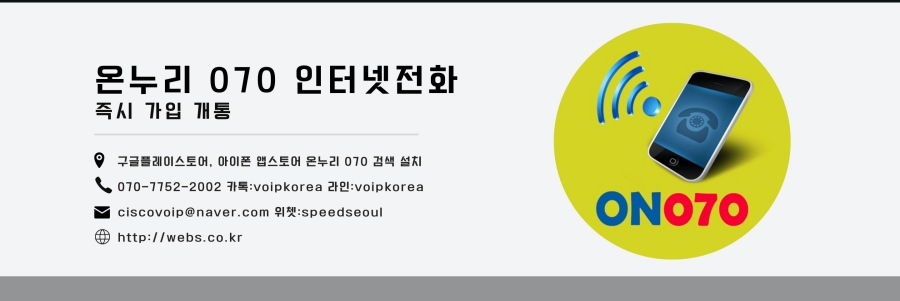Here's a step by step explanation how to install MySQL and JDBC and how to use it:
Download and install the MySQL server. Just do it the usual way. Remember the port number whenever you've changed it. It's by default
3306.Download the JDBC driver and put in classpath, extract the ZIP file and put the containing JAR file in the classpath. The vendor-specific JDBC driver is a concrete implementation of the JDBC API(tutorial here).
If you're using an IDE like Eclipse or Netbeans, then you can add it to the classpath by adding the JAR file as Library to the Build Path in project's properties.
If you're doing it "plain vanilla" in the command console, then you need to specify the path to the JAR file in the
-cpor-classpathargument when executing your Java application.java -cp .;/path/to/mysql-connector.jar com.example.YourClass
The
.is just there to add the current directory to the classpath as well so that it can locatecom.example.YourClassand the;is the classpath separator as it is in Windows. In Unix and clones:should be used.Create a database in MySQL. Let's create a database
javabase.CREATE DATABASE javabase DEFAULT CHARACTER SET utf8 COLLATE utf8_unicode_ci;Create an user for Java and grant it access. Simply because using
rootis a bad practice.CREATE USER 'java'@'localhost' IDENTIFIED BY 'd$7hF_r!9Y'; GRANT ALL ON javabase.* TO 'java'@'localhost' IDENTIFIED BY 'd$7hF_r!9Y';Yes,
javais the username andd$7hF_r!9Yis the password here.Determine the JDBC URL. To connect the MySQL database using Java you need an JDBC URL in the following syntax:
jdbc:mysql://hostname:port/databasename
hostname: The hostname where MySQL server is installed. If it's installed at the same machine where you run the Java code, then you can just uselocalhost. It can also be an IP address like127.0.0.1. If you encounter connectivity problems and using127.0.0.1instead oflocalhostsolved it, then you've a problem in your network/DNS/hosts config.port: The TCP/IP port where MySQL server listens on. This is by default3306.databasename: The name of the database you'd like to connect to. That'sjavabase.
So the final URL should look like:
jdbc:mysql://localhost:3306/javabase
Test the connection to MySQL using Java. Create a simple Java class with a
main()method to test the connection.I. First we need to load the JDBC driver:
try { System.out.println("Loading driver..."); Class.forName("com.mysql.jdbc.Driver"); System.out.println("Driver loaded!"); } catch (ClassNotFoundException e) { throw new RuntimeException("Cannot find the driver in the classpath!", e); }Note that the
newInstance()call is not needed here. It's just to fix the old and buggyorg.gjt.mm.mysql.Driver. Explanation here. If this line throwsClassNotFoundException, then the JAR file containing the JDBC driver class is simply not been placed in the classpath.Note that you don't need to load the driver everytime before connecting. Just only once during application startup is enough.
II. Then we can get a connection:
String url = "jdbc:mysql://localhost:3306/javabase"; String username = "java"; String password = "d$7hF_r!9Y" Connection connection = null; try { System.out.println("Connecting database..."); connection = DriverManager.getConnection(url, username, password); System.out.println("Database connected!"); } catch (SQLException e) { throw new RuntimeException("Cannot connect the database!", e); } finally { System.out.println("Closing the connection."); if (connection != null) try { connection.close(); } catch (SQLException ignore) {} }If you get a
SQLException: No suitable driver, then it means that either the JDBC driver wasn't loaded at all or that the JDBC URL is wrong (i.e. it wasn't recognized by any of the loaded drivers).If you get a
SQLException: Connection refusedorConnection timed outor a MySQL specificCommunicationsException: Communications link failure, then it means that the DB isn't reachable at all. This can have one or more of the following causes:- IP address or hostname in JDBC URL is wrong.
- Hostname in JDBC URL is not recognized by local DNS server.
- Port number is missing or wrong in JDBC URL.
- DB server is down.
- DB server doesn't accept TCP/IP connections.
- DB server has run out of connections.
- Something in between Java and DB is blocking connections, e.g. a firewall or proxy.
To solve the one or the other, follow the following advices:
- Verify and test them with
ping. - Refresh DNS or use IP address in JDBC URL instead.
- Verify it based on
my.cnfof MySQL DB. - Start the DB.
- Verify if mysqld is started without the
--skip-networking option. - Restart the DB and fix your code accordingly that it closes connections in
finally. - Disable firewall and/or configure firewall/proxy to allow/forward the port.
Note that closing the
Connectionis extremely important. If you don't close connections and keep getting a lot of them in a short time, then the database may run out of connections and your application may break. Always acquire and close theConnectionin the shortest possible scope in atry-catch-finallyblock. Closing infinallyis just to ensure that it get closed as well in case of an exception. This also applies toStatement,PreparedStatementandResultSet.
That was it as far the connectivity concerns. You can find here a more advanced tutorial how to load and store fullworthy Java model objects in a database with help of a basic DAO class.




